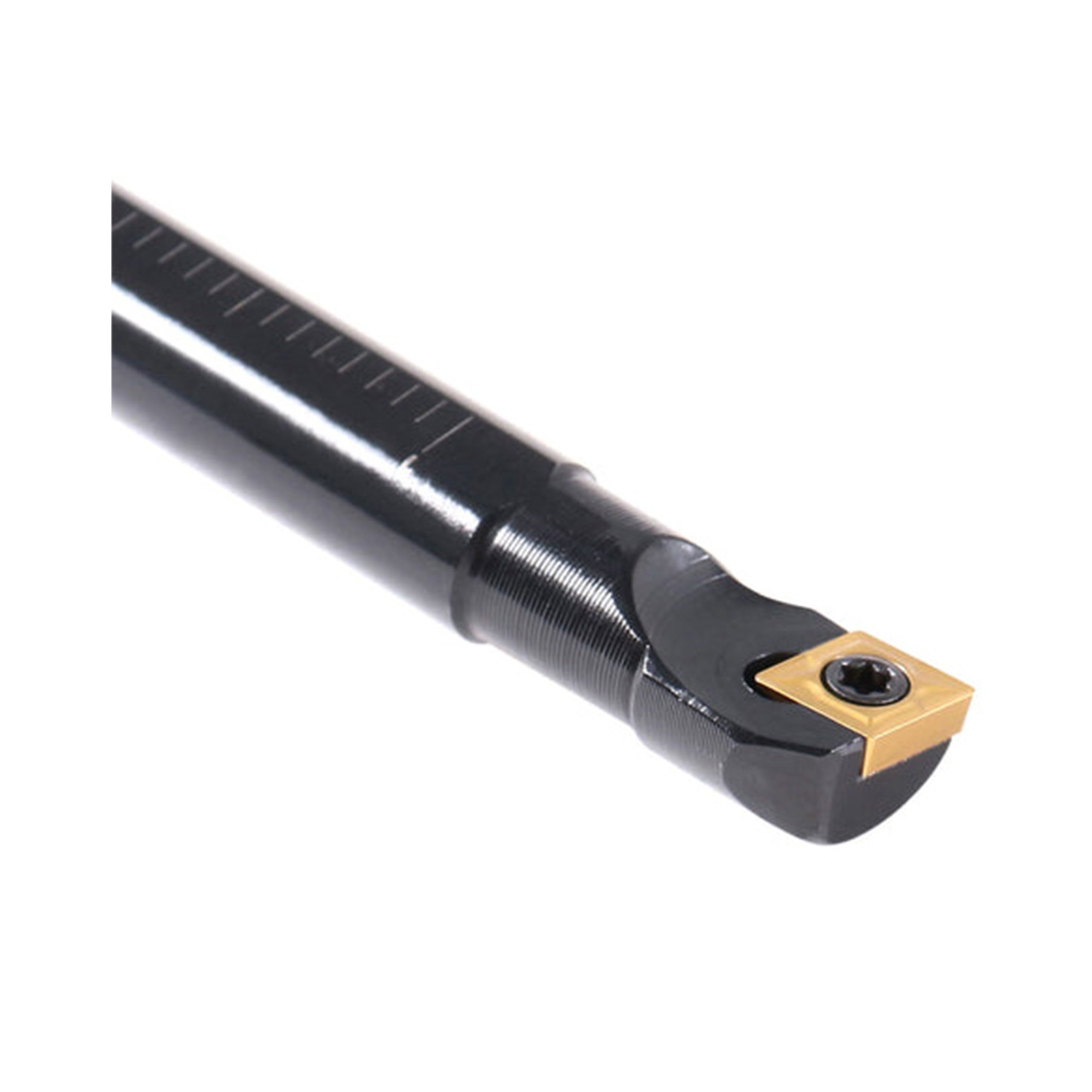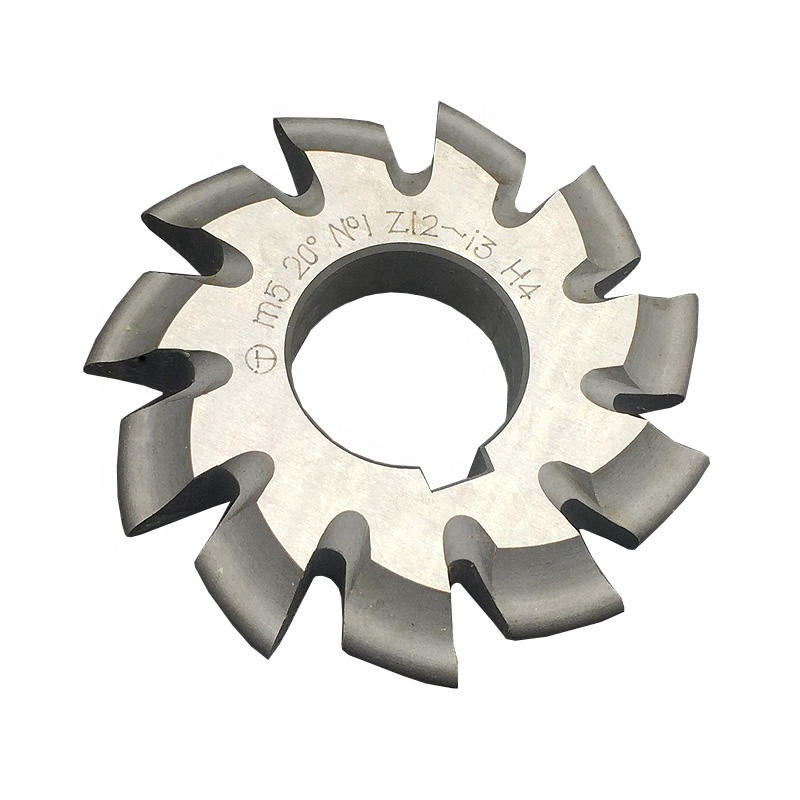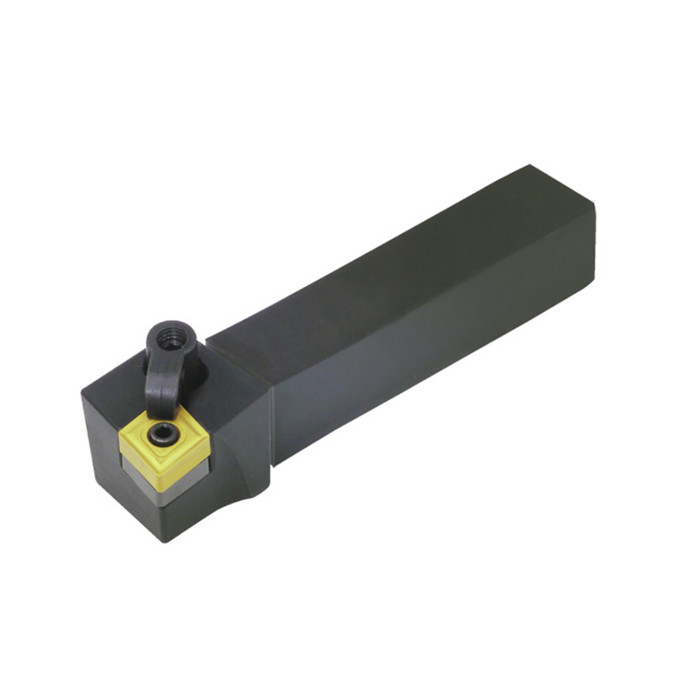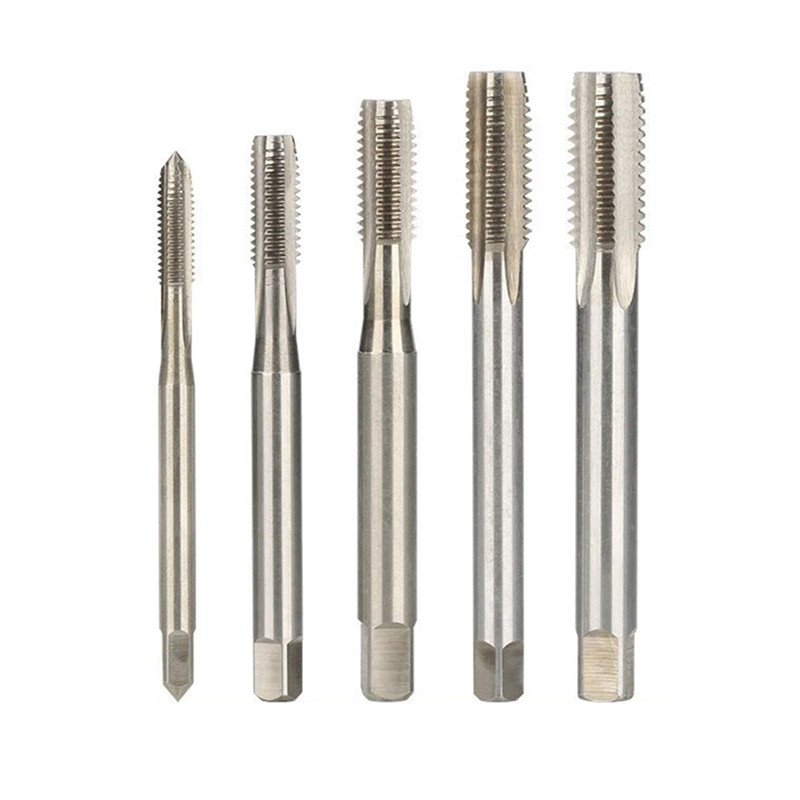High-Quality 3c collet
High-quality 3C collets are essential for precision machining and tool holding. They provide accurate and secure clamping, ensuring optimal performance and longevity of your tooling. This guide explores the features, types, selection criteria, and maintenance tips for 3C collets, helping you choose the best option for your specific needs.
Understanding 3C Collets
What is a 3C Collet?
A 3C collet is a type of collet commonly used in lathes, milling machines, and other machine tools to hold cutting tools or workpieces. The '3C' designation refers to its specific size and taper, a standard followed by various manufacturers. The advantage of 3C collets lies in their ability to provide a concentric and rigid grip, minimizing runout and vibration during machining operations. Wayleading Tools provides various types of collets, including the high-quality 3C collet.
Key Features of High-Quality 3C Collets
High-quality 3C collets are distinguished by several key features:
- Precision Ground: Accurate internal and external dimensions for optimal concentricity.
- Hardened Steel: Manufactured from hardened tool steel for increased durability and wear resistance.
- Consistent Clamping Force: Provides uniform pressure along the entire collet surface, ensuring a secure grip.
- Wide Range of Sizes: Available in a variety of bore sizes to accommodate different tool shank diameters.
- Slotted Design: Facilitates even clamping and allows for slight variations in tool shank size.
Types of 3C Collets
Standard 3C Collets
These are the most common type of 3C collet, designed for general-purpose machining applications. They are typically made from hardened tool steel and offer a good balance of precision and affordability.
Emergency 3C Collets (Blank Collets)
Emergency collets, also known as blank collets, are unbored and unhardened. This allows machinists to customize the bore size to accommodate non-standard tool shanks or workpieces. They require machining before use. Wayleading Tools also offer custom collet services if required.
Extended Nose 3C Collets
These collets feature an extended nose, allowing them to reach into recessed areas or tight spaces. They are particularly useful for machining deep bores or complex geometries.
Selecting the Right 3C Collet
Considerations for Choosing a 3C Collet
When selecting a high-quality 3C collet, consider the following factors:
- Tool Shank Diameter: Ensure the collet bore size matches the tool shank diameter.
- Material: Choose a collet made from a material suitable for the machining application. Hardened tool steel is a common choice for general-purpose applications.
- Precision Requirements: If high precision is critical, select a collet with a tight tolerance specification.
- Machine Compatibility: Verify that the collet is compatible with the machine tool's collet chuck or spindle.
- Application: Consider the specific machining application and select a collet with the appropriate features and design.
Where to Buy High-Quality 3C Collets
High-quality 3C collets can be purchased from various sources, including:
- Tool Supply Companies: Reputable tool supply companies typically offer a wide selection of collets from various manufacturers. Wayleading Tools is a leading supplier of collets, known for quality and precision.
- Online Retailers: Many online retailers specialize in machine tool accessories and offer a convenient way to purchase collets. However, be sure to verify the seller's reputation and product quality.
- Direct from Manufacturers: Some manufacturers sell collets directly to end-users, offering a potentially lower price and direct access to technical support.
Maintaining Your 3C Collets
Cleaning and Storage
Proper maintenance is crucial for extending the life of your high-quality 3C collets. Regularly clean the collets with a mild solvent to remove chips, coolant, and other contaminants. Store the collets in a clean, dry place to prevent rust and corrosion. It's recommended to store each collet individually in a protective case or sleeve.
Inspection
Inspect the collets regularly for signs of wear or damage, such as cracks, chips, or deformation. Replace worn or damaged collets immediately to prevent tool slippage and ensure accurate machining.
Troubleshooting Common 3C Collet Issues
Tool Slippage
Tool slippage can occur due to several factors, including:
- Incorrect Collet Size: Using a collet that is too large or too small for the tool shank.
- Worn or Damaged Collet: A collet with cracks, chips, or deformation.
- Insufficient Clamping Force: Improperly tightened collet chuck or spindle.
- Contamination: Dirt, chips, or coolant on the collet or tool shank.
Runout
Excessive runout can be caused by:
- Worn or Damaged Collet: A collet that is no longer concentric.
- Improper Installation: Incorrectly installed collet chuck or spindle.
- Machine Spindle Issues: Runout in the machine spindle itself.
Benefits of Using High-Quality 3C Collets
Investing in high-quality 3C collets offers numerous benefits, including:
- Improved Accuracy: Provides precise and repeatable tool holding.
- Extended Tool Life: Reduces vibration and tool slippage, extending tool life.
- Enhanced Surface Finish: Contributes to a smoother and more consistent surface finish.
- Increased Productivity: Reduces downtime due to tool changes and slippage.
- Safer Operation: Ensures a secure grip on the tool, minimizing the risk of accidents.
3C Collet Dimensions and Specifications
While specific dimensions can vary slightly between manufacturers, the following table provides general guidelines for 3C collet dimensions. Always consult the manufacturer's specifications for precise measurements.
| Dimension | Typical Value |
|---|---|
| Outer Diameter | 0.750 inches (19.05 mm) |
| Taper Angle | 8 degrees |
| Bore Size Range | Varies (Typically 1/16' to 3/8' in 1/32' increments) |
| Collet Length | Typically around 1.25 inches |
Note: Dimensions are approximate and can vary. Always refer to the manufacturer's specifications.
In conclusion, selecting the right high-quality 3C collet and maintaining it properly is crucial for achieving accurate and efficient machining operations. By considering the factors outlined in this guide, you can choose the best collet for your specific needs and ensure optimal performance and longevity of your tooling. For further information, or assistance in selecting the correct collet, please visit Wayleading Tools.
Disclaimer: The information provided in this article is for general guidance only. Always consult with a qualified machinist or tool supplier for specific recommendations.
Data Source: Generic industry data and typical specifications found on manufacturer websites.
Related products
Related products
Best selling products
Best selling products-
 HSS Metric 4 Flute End Mills With Bright Or TiN And TiAlN Coated
HSS Metric 4 Flute End Mills With Bright Or TiN And TiAlN Coated -
 HSS ISO Metric Round Die Wieh Splite Or Adjustable Splite Type
HSS ISO Metric Round Die Wieh Splite Or Adjustable Splite Type -
 SCFC Indexable Boring Bar With Right And Left Hand
SCFC Indexable Boring Bar With Right And Left Hand -
 HSS Module Involute Gear Cutters With PA20 And PA14-1/2
HSS Module Involute Gear Cutters With PA20 And PA14-1/2 -
 Plain Back ER Collet Fixture With Lathe Collet Chuck
Plain Back ER Collet Fixture With Lathe Collet Chuck -
 Precision Digital Bore Guage From 6-450mm Range
Precision Digital Bore Guage From 6-450mm Range -
 Precision 1-2-3, 2-3-4 or 2-4-6 Block With 1 And 11 And 23 Or None Hole
Precision 1-2-3, 2-3-4 or 2-4-6 Block With 1 And 11 And 23 Or None Hole -
 ISO Metric Hexagon Die With Right Hand
ISO Metric Hexagon Die With Right Hand -
 Straight Shank ER Collet Chuck Holders With Extending Rod
Straight Shank ER Collet Chuck Holders With Extending Rod -
 MCLN Indexable Turning Tool Holder With Right And Left Hand
MCLN Indexable Turning Tool Holder With Right And Left Hand -
 DIN6537L Metric Solid Carbide Twist Drill With Internal Coolant & External Coolant
DIN6537L Metric Solid Carbide Twist Drill With Internal Coolant & External Coolant -
 Digital Depth Gauge With Stainless Steel For Industrial Type
Digital Depth Gauge With Stainless Steel For Industrial Type
Related search
Related search- calipers tool Supplier
- SVHC turning tool holder Manufacturer
- partial profile 60 degree threading insert Manufacturer
- Wholesale indexable helical milling cutters
- SVAC turning tool holder Factory
- end mill arbor Manufacturers
- indexable copy face milling cutter Manufacturers
- cnc machine tools Manufacturers
- Q60 threading insert Factories
- Wholesale collet block











